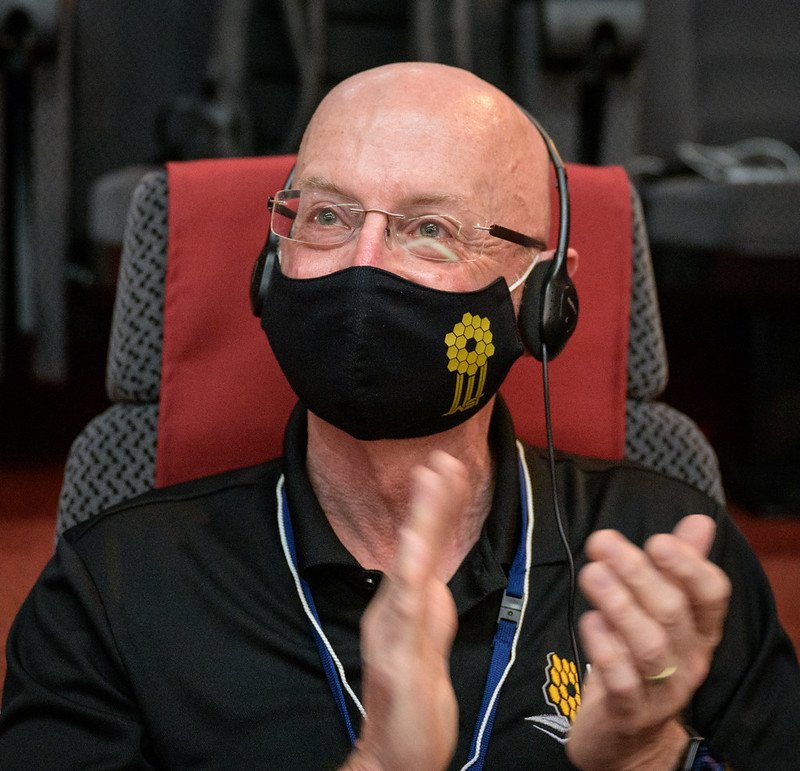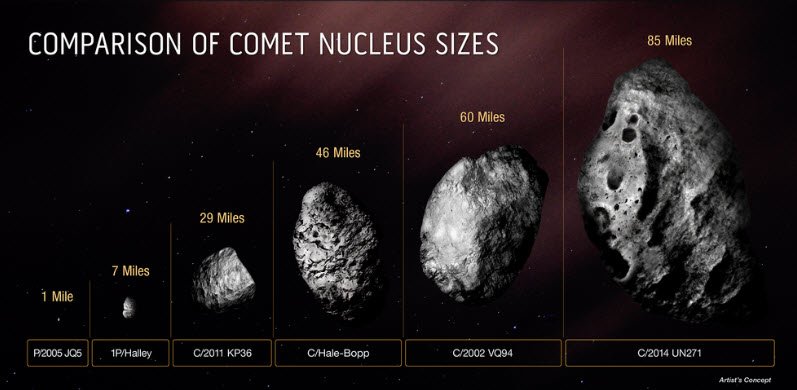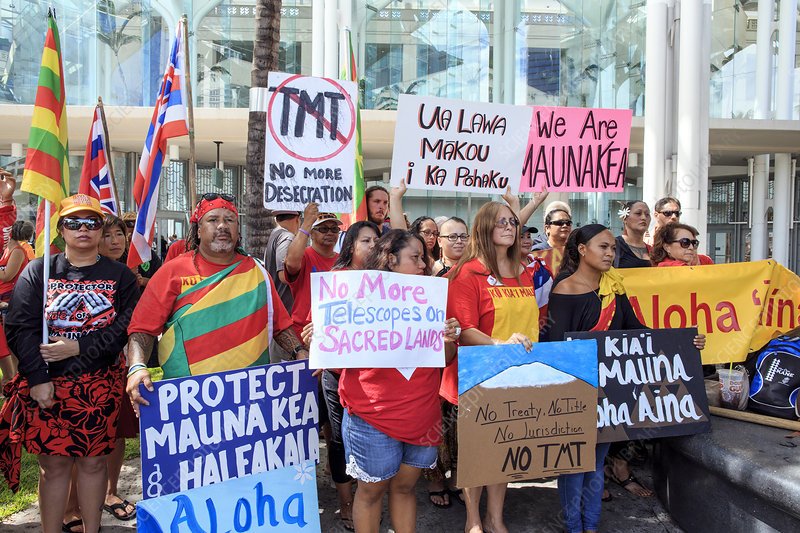Why do we need Space Telescopes?
This is Part 2 of our coverage of the James Webb Telescope Launch. Click Here for Part 1.
Successful Launch!
After investing $10 billion dollars over the span of 25 years, the James Webb Space Telescope went through it’s final launch countdown on December 25, 2021.
The Aeriane 5 rocket launched from South America with the most precious and sophisticated cargo humans have ever built.
Although the launch itself was only the beginning of many important milestones that make up the overall success of the mission, this was nonetheless the launch that represents the culmination of over 40 million labor hours and the start of the telescope’s ~1,000,000 mile journey…it’s safe to assume that there were very few dry eyes in the control room that day!
The Hubble Space Telescope is still fighting for the spotlight!
The James Webb telescope was built with the latest technology available, which makes it 10x more powerful that the Hubble Space Telescope launched in 1990.
Now, it may seem like the James Webb is the space community’s shiny new toy and that the Hubble will quickly loose it’s relevance…but that is far from what is happening.
Since the Webb’s launch in December, the Hubble telescope has made two monumental announcements:
The largest comet ever seen
The newly discovered comet is more than 40% larger than the previous record holder! This recent sighting highlights the importance for humanity to invest in the space exploration industry to develop early detection systems for massive objects headed in our direction…the dinosaurs didn’t invest in this and they suffered the consequences.
The oldest star ever seen
The newly detected star is so far away that its light has taken 12.9 billion years to reach Earth, appearing to us as it did when the universe was only 7 percent of its current age, at redshift 6.2. The smallest objects previously seen at such a great distance are clusters of stars, embedded inside early galaxies. Recall that the James Webb is 10X MORE POWERFUL than Hubble…imagine how far back we will be able to see! Our textbooks will undoubtedly need to be rewritten after Webb’s discoveries.
Factors in building a time machine?
Maintenance: Large telescopes have delicate instruments that make them very costly to build and maintain.
The maintenance of large telescopes came into the public conscious during 2020, as the world saw the Arecibo Observatory in Puerto Rico experience a catastrophic failures!
Cost: The ALMA radio telescope, built in the Atacama Desert of Chile, cost more than $1.5 billion dollars. This makes it the most expensive ground-based telescope in operation. This expensive undertaking required the global cooperation of more than 8 countries!
Light pollution: In 1923, the Wilson Observatory in Los Angeles, California was used by Edward Hubble to concussively prove that the Andromeda nebula was outside of the Milky Way Galaxy. Today, the light pollution of the Los Angeles metropolitan area would have made those discoveries almost impossible to make.
Social Considerations: The TMT (Thirty Meter Telescope) is currently being built in Mauna Kea, Hawaii. When completed, the TMT will be the highest altitude ground level telescope. This project (with a $1.4 billion dollar price tag) has strong backing from the science and international science community. However, Mauna Kea is the most sacred dormant volcano of Native Hawaiian religion and culture. Known to the natives as the home to Wakea, or the sky God, the Native Hawaiians have failed to stop the development of this telescope on sacred lands, and the completion to this project is slated for 2027.
Microwave ovens: Scientist at the Parkes Observatory in Australia were left baffled by a series of short radio signals. The strange signal had durations of a few milliseconds and were the source of confusion for 17 years! This phenomenon was even given a name of the “Peryton” signal (named after a mythical creator). In 2015, a new receiver was installed at the observatory and the scientist finally realized that the strange signal was coming from the staff’s break room. “When the microwave oven door was open, 1.4 GHz microwave from the magnetron shutdown phase were able to escape”. The microwave oven in the breakroom was the source of the confusing interference that they had been seeing in the data!
And yes…even bird poop: In 1960, American astronomers Arno Penzias and Robert Wilson, were working with NASA on Project Echo. The project aimed to send a giant Mylar balloon to space with the goal of deflecting ground level radio signals and turning them into useful communication signals elsewhere on Earth.
Bob and Arno, realized that there was a constant radio “interference” that kept appearing in their data. They tried time and time again to trouble shoot the telescope, and yet, they were still picking up that strange interference.
They decided to look at their telescope and they realized that they had a few pigeons (and their droppings) inside the telescope. After cleaning the poop and the pigeons (RIP pigeons), they realized that the radio signal was still present in their observations!
Later, they realized that the radio signals were entropy signals generated during the expansion of the Big Bang! Bob and Arno were awarded the 1978 Nobel Prize in Physics for their discovery of cosmic background radiation.
Space is the answer to the problems of Earth
If you want to avoid damaging sacred lands, avoid the interference from your coworker’s lunch on your science data, or reduce the amount of bird poop in your telescope….then space telescopes are a great option for you!
That being said, it cost more (much more)….to get these telescopes operational.
Some of the benefits of having a space telescope is that the observations are clearer since they do not have an atmosphere that interferes or distorts the image, we capture a wider range of electromagnetic wavelengths that would normally be blocked by the atmosphere, and lastly, in space, it can always be night time, so there are no limitation of night observations.
What is next for the James Webb?
After applying the Field of View correction, the key thing left to address is the removal of any small, residual positioning errors in the primary mirror segments. This means that we are on the final major milestone to get the James Webb Telescope operational…so far the process has gone without a hitch.
The mission has gone so well in fact, that scientist at NASA estimate that the life of the mission has been extended by a few years!
We are living in exciting times for science and the history of humanity itself. If you are a student and would like to join the space exploration industry, send us a note at Space United. We would love to help you, because our industry needs YOU!
About the author:
Sebastian Tobacia
Manufacturing engineer with nearly a decade of experience in the space exploration industry. He has led engineering projects at SpaceX, Northrop Grumman, and currently works a manufacturing engineer for the New Shepard rocket at Blue Origin.
Sebastian is passionate about giving back to his community and working towards creating more equitable and inclusive STEM industry.











